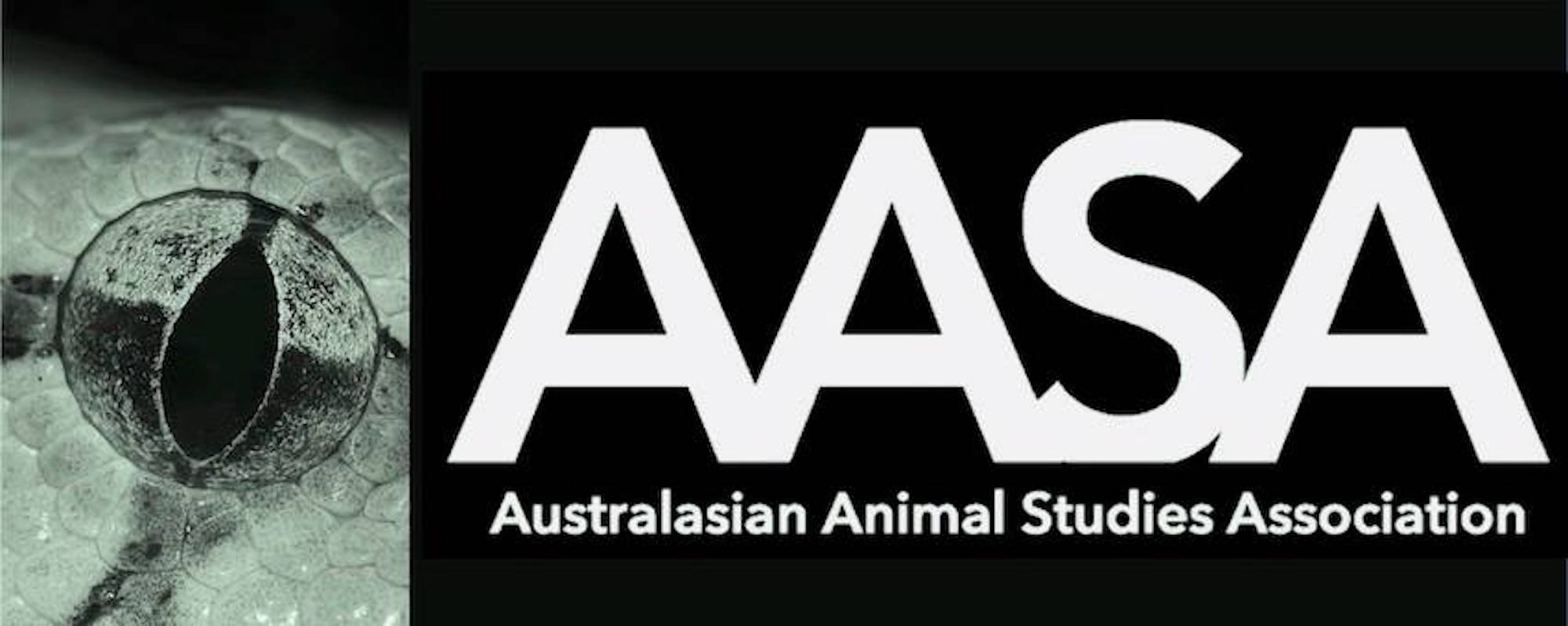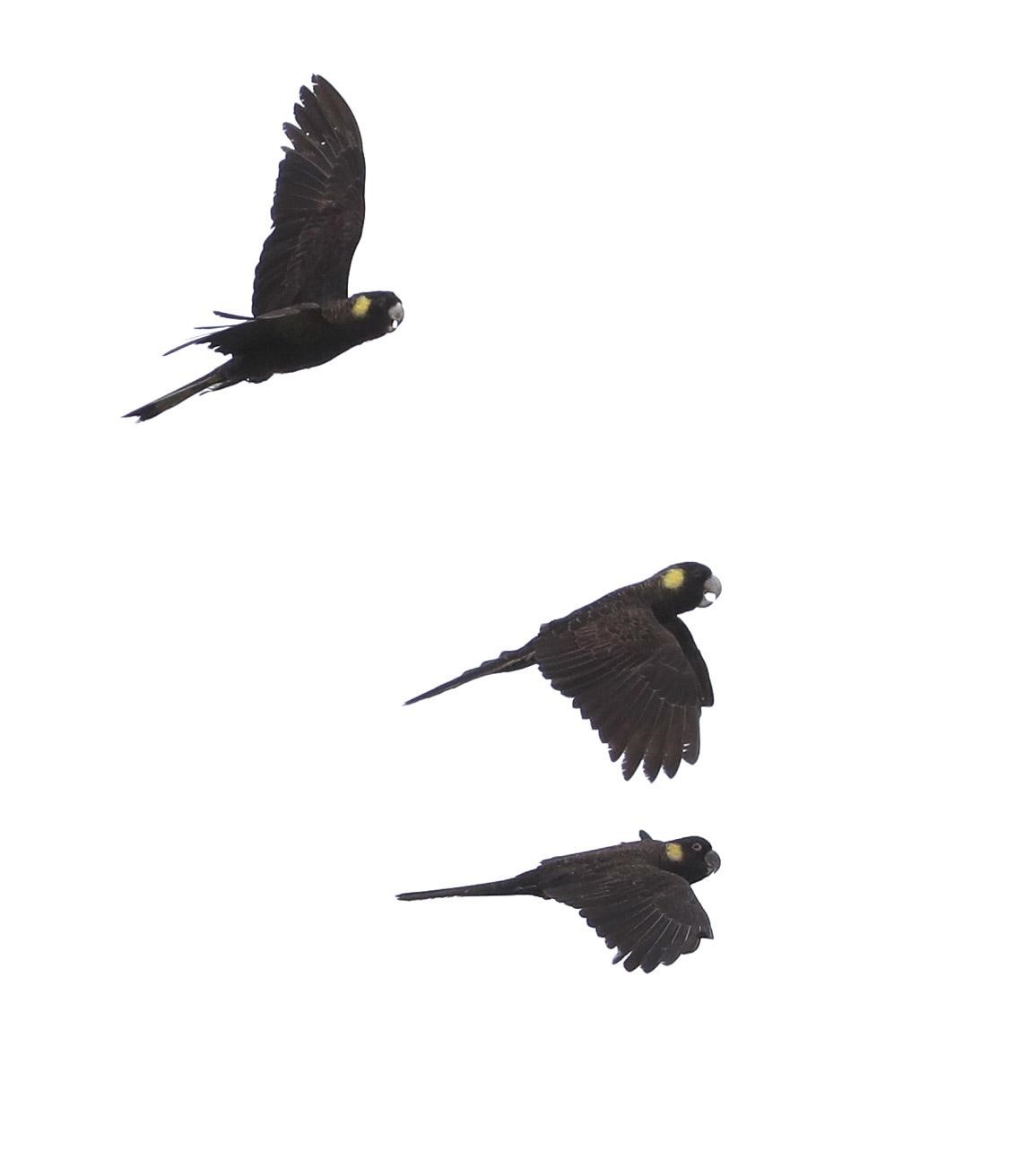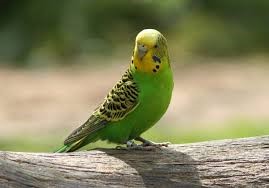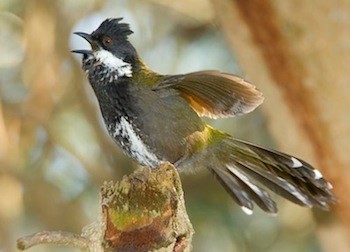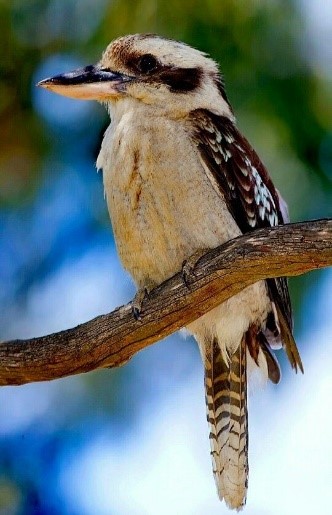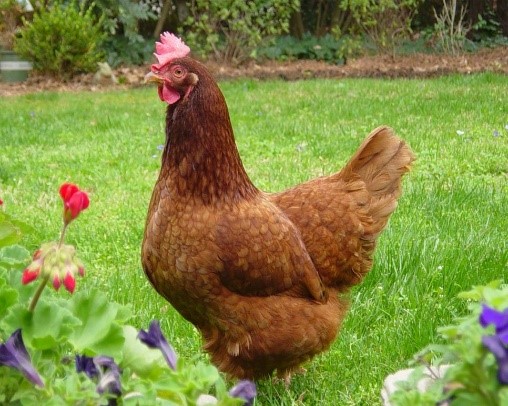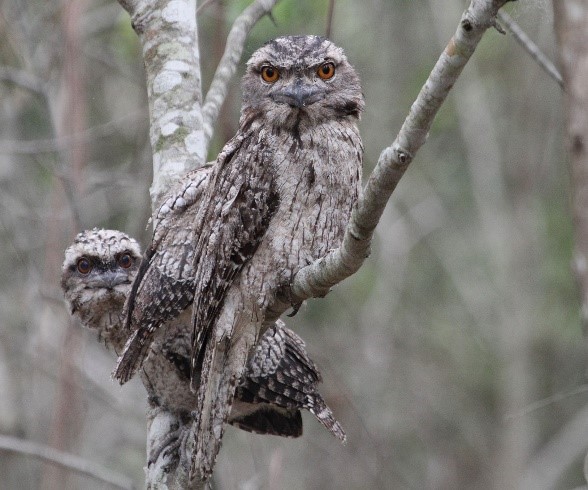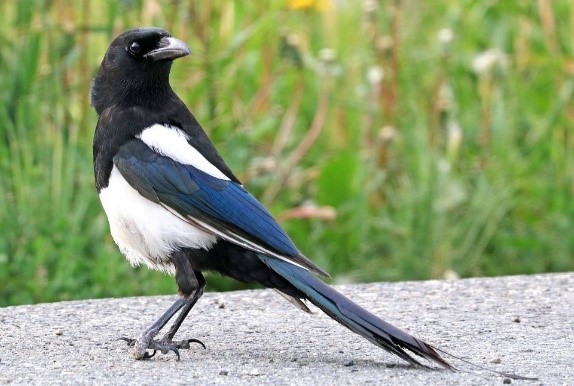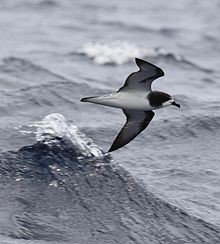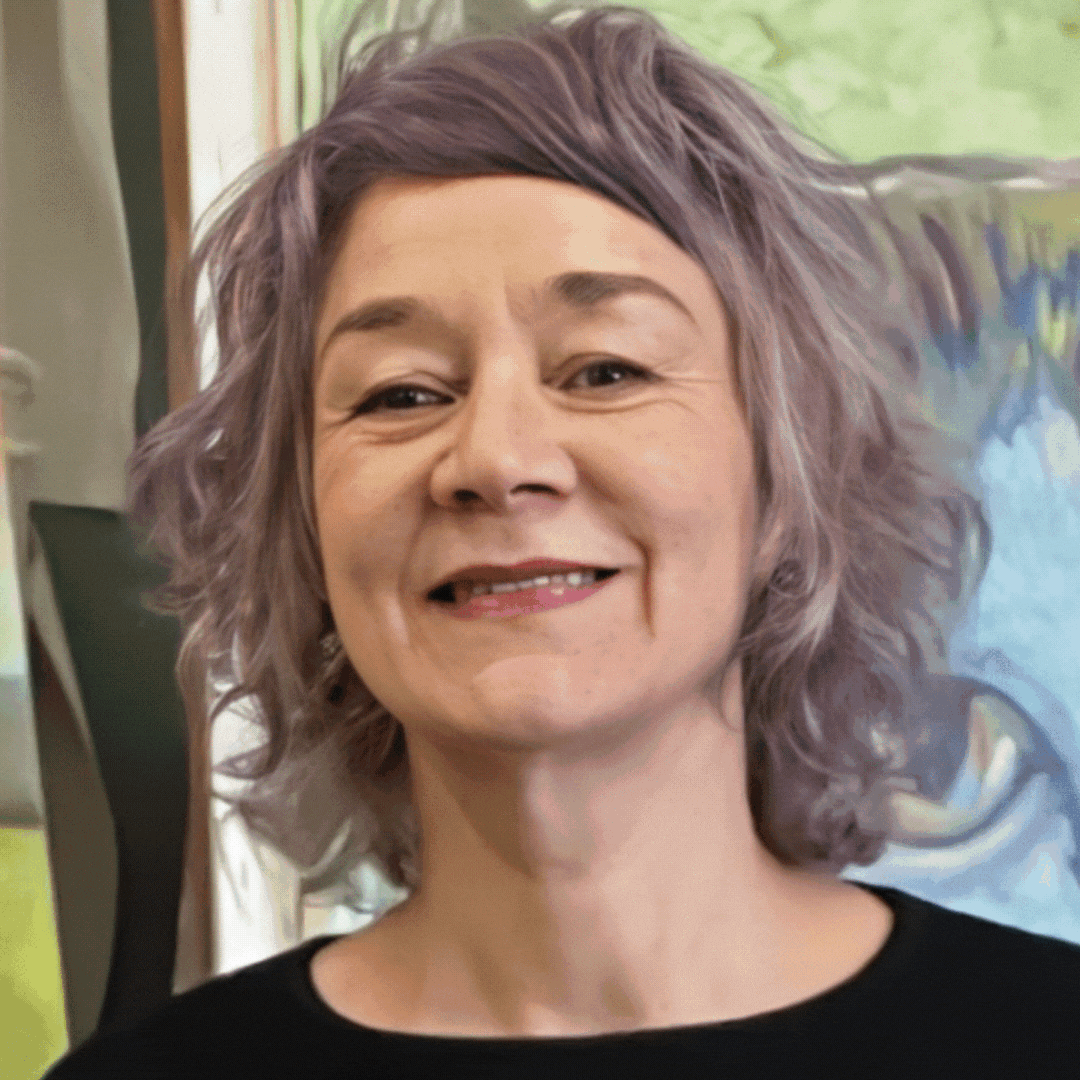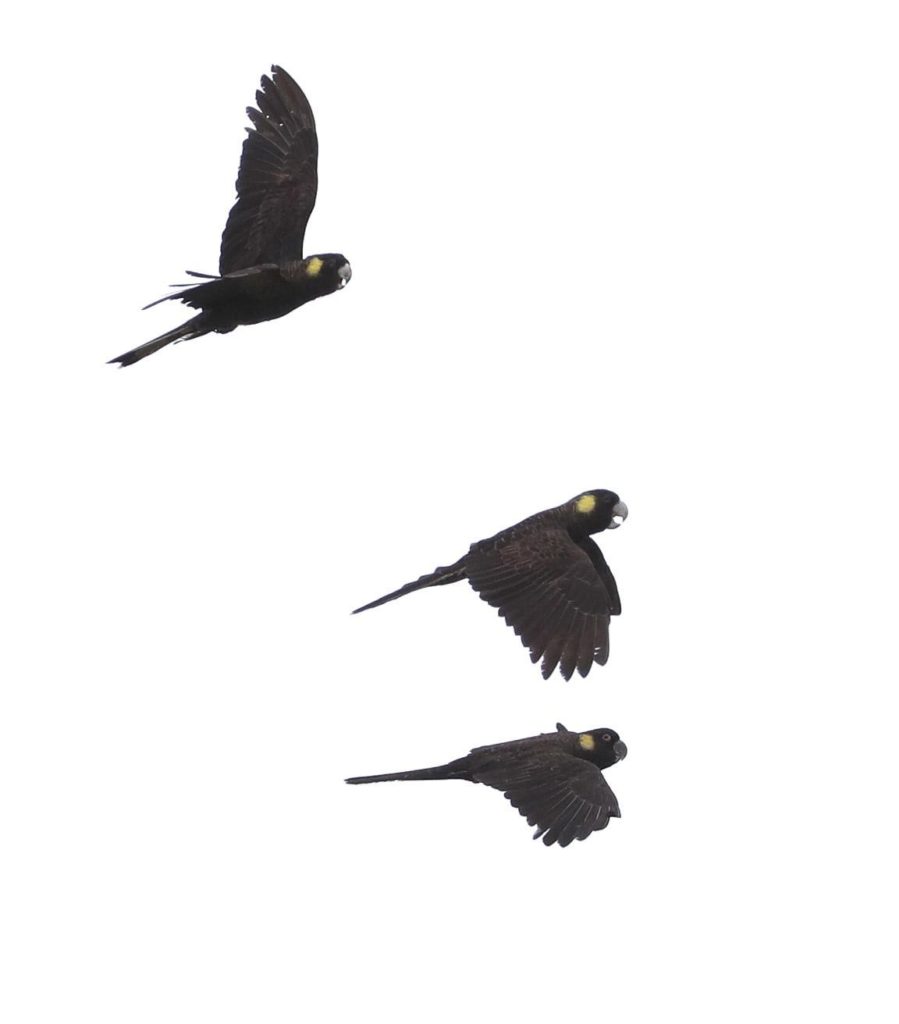
My novel is about many things. I’ve called it “a novel in twelve stories” for a reason.
To give you the simplest framework:
It’s made up of 12 related stories. Each story describes an encounter with a different species of bird. Some are constantly in our lives, like kookaburras in our garden or magpies who swoop us on our way to work. Others are on the verge of extinction, like the Gould’s petrel whose breeding ground is limited to one small island off the coast of central NSW. Some birds become part of our family, like a pet budgie. Others are incorporated in more literal and violent ways, like a factory-farmed chicken on our plate at dinner.
On the other side of the encounter is a human at various stages of his life: a boy, a young man, a parent, a widower — but not necessarily in that order. He’s trying to piece together his life and his relationship with his daughter and his relationship with the world around him.
In a recent review of the work, Alex Lockwood described the relationship between the human and the birds in the book as an ‘intertwinement’ (Lockwood 2019, 220). He was drawing upon the work of André Krebber and Mieke Roscher in Animal Biography: Reframing Animal Lives who ask us to reimagine the interactions between human and nonhuman animals as an “intertwinement” of multiple agencies (Krebber and Roscher 2018, 7).
Intertwinement is one of many words that have been used to describe the complexity of the world we live in right now. Timothy Morton is responsible for the word ‘enmeshed’, which is frequently used by environmental humanities scholars to describe our relationship with the planet (Morton 2010). Before him, James Lovelock gives us the image of us as part of Gaia, a complex system of interconnectedness that sustains a living, self-regulating planet (Lovelock 1982). We are entangled in ecosystems and networks and internets – of things, of data, of lives. All of these complexities are central to both the form of my novel and the stories inhabiting it.
The book was sparked by an intertwinement of ideas, of lives and of place.
The place is: the highway bridge near my house in North Wollongong. What’s officially called ‘the North Wollongong interchange’, it’s a six-lane bridge that has Officeworks and a collection of fast-food joints on one side, and, on the other: Toyota, Hyundai, Mercedes Benz caryards interspersed with Dan Murphy’s and First Choice Liquor and the North Gong hotel. Surveying the interchange is Mount Keira: called grandmother mountain by the local Dharawal people, she’s also the older sister of the five islands; she has a sandstone scar on her southern side from a recent rock fall. The mountain is the home of red cedar and ferns; of cabbage tree palms and lantana and giant stinging trees; of cat birds and bush turkeys; echidnas, cicadas, deer and dogwalkers. On the ground is cement and bitumen; strewn over these are McDonalds straws and discarded P-plates and ripped pieces of plastic bags. Under the interchange run 20-wagon coal trains and commuter carriages, the wide lanes of the Northern Distributor; under these trickles the remnant of a creek, now encased in cement, tentacled with graffiti.
The lives are: the people in the cars and the utes and the delivery vans. Going to work, coming back from work, sneaking in a quick surf before work; worrying about their children, what’s for dinner, the electricity bill, the election; laughing at some idiot on the radio, absorbed in a podcast about serial killers; checking their phones, wondering if there’s an RBT hiding round the corner on Lysaght St. There are also the people on the platform of North Gong station: texting or micronapping or staring into space; schoolkids pinching and shoving each other, nearly falling onto the track; uni students lumbering their backpacks over the pedestrian bridge to catch the UOW prison-blue shuttle bus.
And another life: me. Doggedly stomping my way to the local ocean pool, wondering if the ocean temperature has dropped yet. And tentacled with the wondering, a jumble of worries: about emails and work crises and long-term fears about the future: economic, political, ecological. And thoughts about what I might cook for dinner. And my dogs. And Westworld.
And there are other lives, gliding above me. Three black cockatoos silhouetted against a vibrant blue sky. As I plod along, the cockatoos waft down from the open sky and hover at eye level. They’re so close I can reach out and touch them. As I watch them, suspended in the air, I can see their charcoal wings, the dirty-yellow smudge on the side of their faces, the glinting beaks, the black eyes ringed with silver.
Then, one by one, the cockatoos drop lower, under the bridge, and fly away.
The ideas are intertwined with this encounter on the bridge.
The first idea is the desire to see what birds see, to engage with what the cultural geographer Steve Hinchliffe calls “making oneself available…to the world of the bird . . .” (Hinchcliffe 2010, 34). How might it be possible to inhabit the other side of the encounter? In this, I’m following the provocation by Philip Armstrong to attend “not just to what animals mean to humans, but what they mean themselves; that is, to the ways in which animals might have significances, intentions and effects quite beyond the designs of human beings” (Armstrong 2008, 2).
The second makes a correlation between the particular and the planetary. How might the bridge and the cars and the crumbling escarpment, the coal mines and the expanse of the Pacific reflect the global events that are affecting the world around us? This is the space of Catherine McKinnon’s Storyland, whose imaginings of the Illawarra’s history—and future—makes it clear that the issue of climate change is intertwined with this place. It’s also the centre of the multi-authored book I’ve recently been part of, 100 Atmospheres, written by members of MECO, the Material Ecologies Research Network. Among other things, the book draws out the planetary ways we might read the escarpment, the local weather, the hulk of the Oceanlinx wave generator at Port Kembla, soil and trees and suburban lawns.
The third idea is about storytelling. What does my story about me and the black cockatoos do to the birds? How does it change the way I navigate the space, my fears, the other lives around me? How does me telling you this story change your relationship with birds, humans and the planet—or even just the way you’ll travel over North Wollongong bridge?
All of these intertwinings – between species; between deep history, memory and the here-and-now; between what’s on the ground and what’s in the air; between complex web of ideas – are crucial to the stories in The Flight of Birds.
In one story, “Further to Fly”, I make the connection between a ‘local’ incident and the way we engage with our environment on a global scale. A man drives home from work through a nature reserve and accidentally hits a rosella with his car. As he watches the bird in the grille struggle to stay alive, he does what many of us do when faced with the enormity of climate change:
He got into his car and drove home. He parked in the garage and pulled the roller door shut. The next morning, a crisp and cheery Saturday, he took his car to the detailing place attached to the local shopping centre. When he came back from the supermarket, the car was gleaming wet and clean.
When he drove to work on Monday, he stayed on the highway, following clear lines of sight. (Lobb 2019, 98)
What other ways might we care for all the lives that are being threatened by our current ecological crisis?
In another story, “Six Stories about Birds, with Seven Questions”, the man is entangled within a network of what Freya Mathews calls our “intimate commensal relationships” with birds (Mathews 1997, 4): he tells and retells stories of birds – in fairy tales, in poetry, in history books – to think through the ambiguity he feels towards his daughter’s pet budgie, Charlotte, whom he has accidentally let out of her cage.
I think about her on that Sunday morning, cramped between a plastic bell and a clump of millet, scratching at the metal walls. Or maybe another vision: chirping with a wholehearted delight, eagerly anticipating a visit from the beautiful girl. A figure appears in the shadowy space outside the cage: a gaoler, a provider. Two doors open. A chance moment. I wonder what Charlotte imagined. What did she want to find in the space beyond the cage, the vestibule and the back fence? (Lobb 2019, 30-31)
Is Charlotte part of the family or a possession?
In a third, “The Pecking Order”, I make links between many different forms of violence, among them: the trauma of grief, and the violence humans inflict on the animals we kill to eat. Like “Further to Fly”, the story plays on our ability (and our willingness) to disassociate our violent acts from our ‘normal’ lives. In this, it is drawing directly on to Carol J. Adams’ conceptualisation of factory-farmed animals as “absent referents” (Adams 2006, 2010). When we kill animals to eat, a life becomes ‘meat’. We ‘translate’ the murder of animals into culinary language. The slaughtered cow is turned into “beef”, the dead pig becomes “pork”. It’s a process “to keep something from being seen as having been someone” (Adams 2006, 595). In the case of birds, the original name is often kept (‘duck’, ‘turkey’, ‘chicken’), but the activity Adams describes still takes place. When we say ‘Chicken tonight’, we’re not actually referring to real chicken.
We were shivering in the meat section, my daughter and I, mapping out the week’s dinners. Above us was a cardboard mobile, suspended from the darkened ceiling, of a red barn and cows and chickens, and the words Old MacDonald’s Farm. After she got bored with jumping up to try and grab one of the black-and-white cows, my daughter dashed over to a big red button on the wall between the eggs and the meat fridges. She wouldn’t stop banging the button. Next to it was a childlike drawing of a white hen; between bangs, my daughter would trace the elongated S of the bird’s back, from beak to tail. When she banged the button an artificial, strangulated B-caaw would burst out of a speaker in the wall. I tried not to acknowledge the flicked irritated looks from the other shoppers. In an effort to distract her, I asked my daughter to fetch one of the punnets from the meat-display shelves. Carting it back, she scrutinised the pink glistening pillow underneath the plastic film. She traced the words on the sticky label. She stared at the silhouette of the bird, next to the button on the wall: sleek body; beak, comb and fluffy feathers.
At school, she’d been learning about homonyms. Around the rim of the classroom, the class had hung up rectangles of cardboard, with a different definition textaed on each side. ‘There’s bark like a dog,’ she’d told me, ‘and bark of a tree.’ There’s left and left, pen and pen. Up to this moment – the moment poised between the eggs and the freezers, holding a plastic tub of flesh – I think my daughter thought that chicken was also a homonym. ‘There’s a chicken in the farmyard, Daddy,’ she might have said, ‘and there’s chicken you eat.’ The cardboard rectangle spinning slowly in the air. (Lobb 2019, 101-102)
The girl’s moment in the supermarket is placed alongside several other stories. As her father watches his daughter make her discovery, he remembers moments from his own childhood, including his primary-school experience being bullied and the death of his mother. The father’s relationship with meat is tangled up with his sense of belonging. His mother dies when he is in his early teens and he recalls his neighbours’ response to the motherless family:
There was a stack of chicken casseroles in the fridge supplied by other well-meaning neighbours, another stack in the freezer, ready to go when we needed them. In the afternoons after school, I’d have to open the front door and take the casserole from the neighbour across the road, or down the street. She’d occupy the doorstep, waiting for me to force the words “Thank you” from my mouth. They’d fall out, dry and hollow, meaning something different to the dictionary definition (Lobb 2019, 107).
The character sees the casseroles as symbols of his disconnection from the social normality of family, what he calls “being on the outside, looking in.” And, without articulating it, comes to see meat-eating as a way of belonging to a community, even if this means always having an unspoken violence running underneath. He learns to suppress the painful knowledge of his mother’s death by using the same strategies we use to suppress our knowledge of killing animals: “When my father served up dinner, the plate clanking down on the marble table, I ate what was put in front of me” (Lobb 2019, 107).
Other stories tell of more hopeful encounters with birds. In February this year I was in Armidale at the Grounding Story conference, hosted by the ANZ Association for the Study of Literature, Environment and Culture. I had the great privilege of attending a session called “Remembering Deborah Bird Rose”, the extraordinary writer and thinker who asked difficult and necessary questions about multispecies lives and the planet. One of the presenters cited a statement made by Deborah Rose about another extraordinary thinker and writer, Val Plumwood. Rose said: “Where one person or species’ knowledge stops, someone else’s knowledge picks up the story” (Rose 2013) Although the relationship is presented as a causal link – a baton being passed on – Rose is not advocating a linear process: you lead, and I follow; or I lead, pulling you along, or worse, replacing you. Rather, it’s an interchange, or, better yet, a conversation between different perspectives, experiences, lives. In the ‘picking up’ of the story, the knowledge does not actually stop, but is extended and challenged, but also respected and conserved. In this, Rose’s process is a bit like the Drama exercise in another story, “Flocking”:
The group – five or six students to begin, but the whole class by the end of term – has to move around the space together, learning to work as one. They start in the centre of the room. Facing the same direction, in a staggered formation, like an arrowhead. The tip of the arrow leads and the rest follow, imperceptibly slow, inching their way forward. When the students are really concentrating, the group can weave through the space, changing direction when the flock allows. It’s not easy. The trick, Miss tells them, is for there never to be a leader, really. We should never know who’s leading, who’s following. Let go of your own thoughts. Breathe as one. They’re poised, waiting for the impulse to move. Carefully, elegantly, they curve to the left. The leader now follows. There is no leader. They breathe as one. (Lobb 2019, 50)
Rose’s statement articulates precisely the work I’ve been trying to do in the book. Part of what I’ve been trying to do is work out where human knowledge stops and how ‘bird knowledges’ might pick up different kinds of stories. One story, “Call and Response”, recounts a human’s reaction to the irritating four-in-the-morning call of the koel. But how might the call sound to the koel? Another collects all the tales we tell of magpies swooping: but might there be another way to understand this interaction? Another part of what I’ve been trying to do is to show how necessary it is for human and bird stories to be brought together. The stories of chickens – and other animals – in factory farms are secret part of our stories. The stories of the extinction of the passenger pigeon and the dodo are more than stories: they’re also lives.Thom van Dooren argues that “telling stories has consequences: one of which is that we will inevitably be drawn into new connections, and with them, new accountabilities and obligations” (van Dooren 2014a, 10).The second-last story, “Aves Admittant”, tells of one potential conversation that takes place between humans, across species lines and around the planet.The central character for this story is an island ecologist, working with the endangered Gould’s petrel on Cabbage Tree island, just off Port Stephens. After the death of her mother, she’s invited her grieving father to help her with her work. Part of their task is to note for any fledglings in the nests. They’ve marked the nests with metal stakes and plastic labels.
We’ll head west, up the mossy slope. We’ll squeeze our way through a teepee of knotted vines. Dad will direct me to another metal stake. A yellow cattle-tag: Y271. The nest will be in a natural rock cavity, held within the lazy curve of a figtree trunk. A ragged-mouthed portal. I’ll reach my hand inside.
My fingertips will brush against downy feathers.
‘Dad,’ I’ll say. He’ll be standing between two tall cabbage-tree trunks, holding the data sheet against his chest like a security blanket.
‘Dad,’ I’ll say again, ‘you’ll want to see this.’ As gently as I possibly can, I’ll draw out the creature. The chick will wriggle, fluff its wings. Grey and soft and fragile. It will look like those clumps of lint we used to scrape out of the door of the dryer. I’ll cradle it between my hands.
He’ll edge his way closer. He’ll steady himself, his palm pushing into the rough bark. His mouth will open and close. The bird will twitch its dodo-curved beak. He’ll teeter back. ‘I can’t,’ he’ll say.
‘Please, Dad,’ I’ll say. The body will feel warm and alive in my hands. I’ll hold the bird out in front of me, like an offering. The golden-green light of the forest will make the feathers glow and hum. ‘Please, Dad.’ I won’t know why it’ll seem so vital for him to touch the downy creature. I’ll know exactly why. This bird will fledge and fly and transcend. It will follow the rim of the Pacific: scoop down and follow the currents of the Tasman Sea, hairpin along the coasts of South America, trace the scent of fish along the line of the equator. It will sleep and soar and dive and drift. And then it will return. It will circle the island and fly down through the canopy and land, right here, right on the spine of this figtree root. It will be part of a flock of a thousand birds, or two hundred, or ten. It doesn’t matter. It will return. (Lobb 2019, 194-195)
Writing about crows, van Dooren notes: “It is not enough for two such beings to have lived alongside each other, in proximity to one another; rather, they must also in some way have become at stake in each other, bound up with what matters to each other” (van Dooren 2014b, 283). The Gould’s Petrel in flight becomes part of the conversation that takes place between daughter and father: part of a broader story that humans are entangled in.
And this is why I describe The Flight of Birds as “a novel in twelve stories”. The novel picks up the isolated stories and allows them to interact and intersect with each other: they become part of a broader conversation that we need to have with our planet. The black cockatoos on the North Wollongong interchange navigate the road and the railway posts and the human figures, weaving spatial “stories” through the air; the human, meeting the silvery gaze of the birds, replies with his own stories. Stories aren’t just recounting of events but manifestations of convergence and divergence: between subjects, across species, through ideas.
Images provided by the author; various sources: Black cockatoo; Chicken; Lyrebird; Whipbird; Sparrow; Kookaburra; Rosella; Tawny frogmouth; Magpie; Dodo; Gould’s petrel; Silver gull; Budgie
[A more comprehensive version of this text was presented at the Wollongong Art Gallery on Thursday, 13 June 2019, as part of a series of free public lectures convened by the Animal Studies Research Network (ASRN) and the Australian Centre for Culture, Environment, Society and Space (ACCESS).]
Joshua Lobb teaches creative writing at the University of Wollongong. He is co-convenor of the Animal Studies Research Network and an executive member of C3P: the Centre for Critical Creative Practice. His stories have appeared in The Bridport Anthology, Best Australian Stories, Animal Studies Journal, Text and Southerly. He is one of the authors of 100 Atmospheres: Studies in Scale and Wonder (OHP, 2019). His ‘novel in stories’ about birds, grief and climate change, The Flight of Birds (2019), is published by Sydney University Press.
- Adams, Carol J. (2014). The War on Compassion. In John Sorenson, ed. Critical Animal Studies: thinking the unthinkable 18-29.Toronto: Canadian Scholars’ Press Inc.
- Adams, Carol J. (2010). The Sexual Politics of Meat: A Feminist-Vegetarian Critical Theory. Twentieth Anniversary Edition. New York and London: Continuum.
- Armstrong, Philip (2008). What Animals Mean in the Fiction of Modernity. Abingdon: Routledge.
- Hinchliffe, Steve (2010). Where Species Meet. Environment and Planning D: Society and Space 28 (1): 34-35.
- Krebber, André and Mieke Roscher (2018). Animal Biography: Reframing Animal Lives. London: Palgrave-McMillan.
- Lobb, Joshua (2019). The Flight of Birds. Sydney: Sydney University Press
- Lockwood, Alex, (2019). [Review] Joshua Lobb, The Flight of Birds. Animal Studies Journal, 8 (1): 218-223.
- Lovelock, James (1982 [1979]). Gaia: A New Look at Life on Earth. Oxford and New York: Oxford University Press.
- McKinnon, Catherine (2017). Storyland. Sydney: Harper Collins.
- MECO (2019). 100 Atmospheres: Studies in Scale and Wonder. London: Open Humanities Press.
- Morton, Timothy. (2010). The Ecological Thought. Cambridge: Harvard University Press.
- Plumwood, Val (2002). Environmental Culture: The Ecological Crisis of Reason. New York: Routledge.
- Rose, Deborah Bird (2013). Val Plumwood’s Philosophical Animism: Attentive Inter-Actions in the Sentient World. Environmental Humanities 3: 93-109.
- van Dooren, Thom (2014a). Flight Ways: Life and Loss at the Edge of Extinction. New York: Columbia University Press.
- van Dooren, Thom (2014b). Mourning Crows: Grief and Extinction in a Shared World. In McHugh, Susan and Garry Marvin, eds. The Handbook of Human-Animal Studies. London and New York: Routledge. 275-289.
